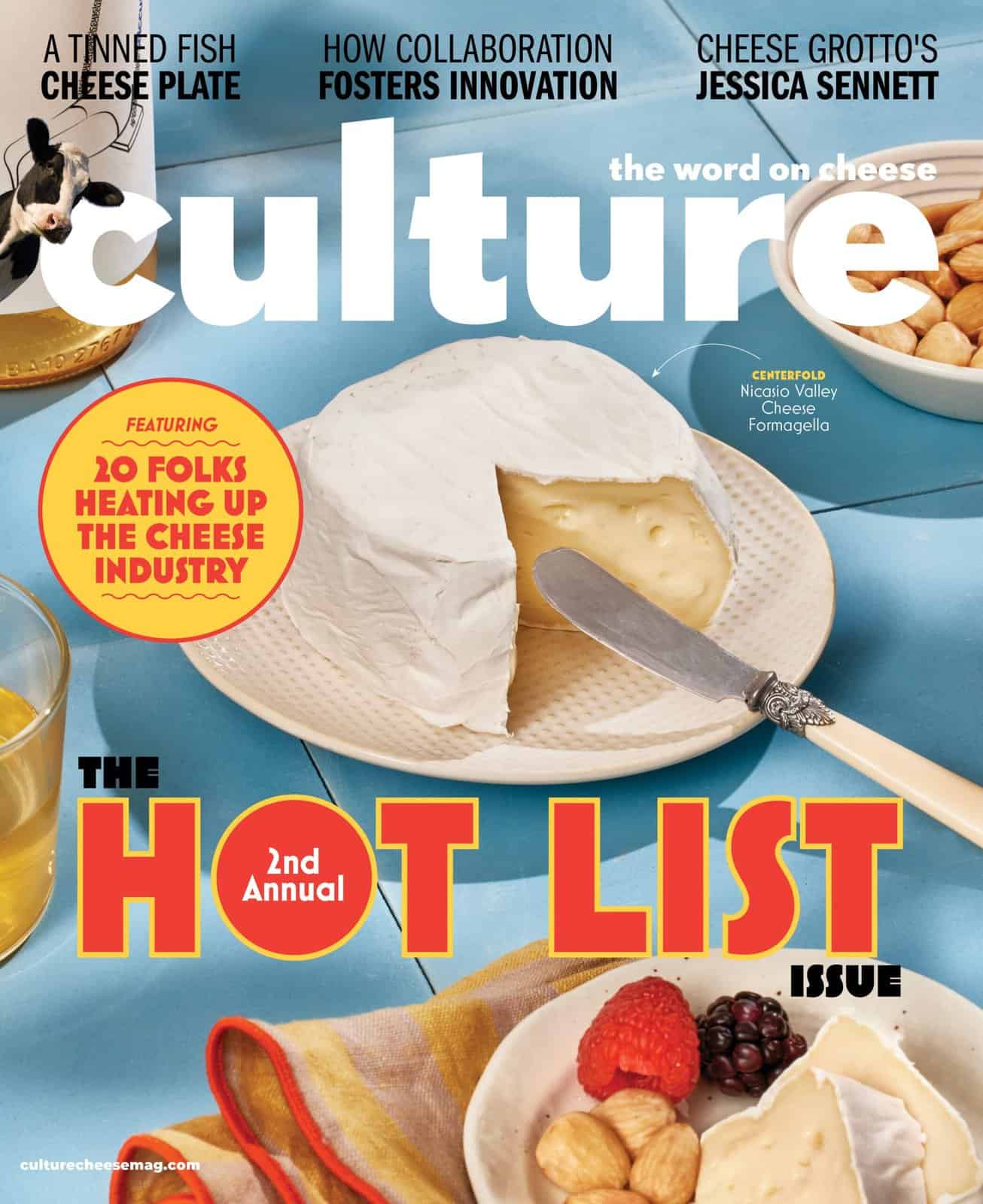Langres
- Producer
- Various
- Country
- France
- Region
- Champagne-Ardenne
- Size
- Various
- Weight
- Various
- Website
- Milk
- Cow
- Treatment
- Pasteurised
Raw - Classification
- Semi Soft
- Rennet
- Animal
- Rind
- Washed
- Style
- Washed-Rind
Langres is French washed-rind cheese produced near the town of the same name in the Champagne Ardenne region of the country's northeast.
Granted AOC (now PDO) status in 1975, Langres is produced in several sizes. Although most producers use pasteurized milk for production, two cheesemakers still make a raw milk cheese: La Ferme du Modia, which is farmhouse production, and the creamery of Schertenlieb. The best season for Langres is usually summer through autumn, when the milk is at its best.
After production cheeses are matured in cellar conditions for a period of between four and five weeks, during which time they develop much of their unique character. The rind of each wheel receives a coating of annatto (a natural red dye derived from the seed of the South American annatto shrub) that turns it a golden-orange color. They are also washed regularly with brine and Marc de Champagne to encourage the growth of the molds on the rind that mature the cheese. The cheese is known for its distinctive depression, or "well" in its uppermost surface, which is known as a "fontaine."
Tasting Notes
Langres has a pronounced "stinky" aroma that is almost invariably stronger than the flavor of the cheese. Its rind is a golden yellow color and distinctively wrinkled in appearance. it can also be slightly sticky. The interior paste is creamy-white in color, with a dense, smooth and slightly moist texture. Flavors are smooth, slightly salty and milky with a lactic tang.
Pairings
It is traditional to pour a small quantity of marc, Champagne or brandy into the fontaine to accompany the cheese; for a real show-stopper, try lighting it on fire.



